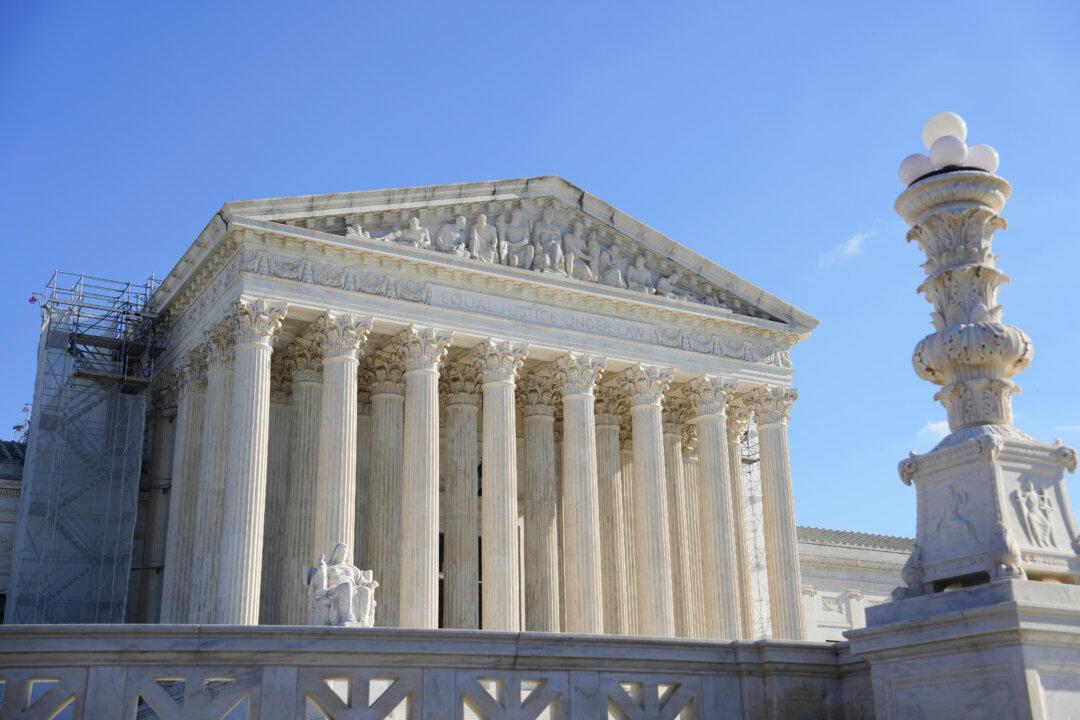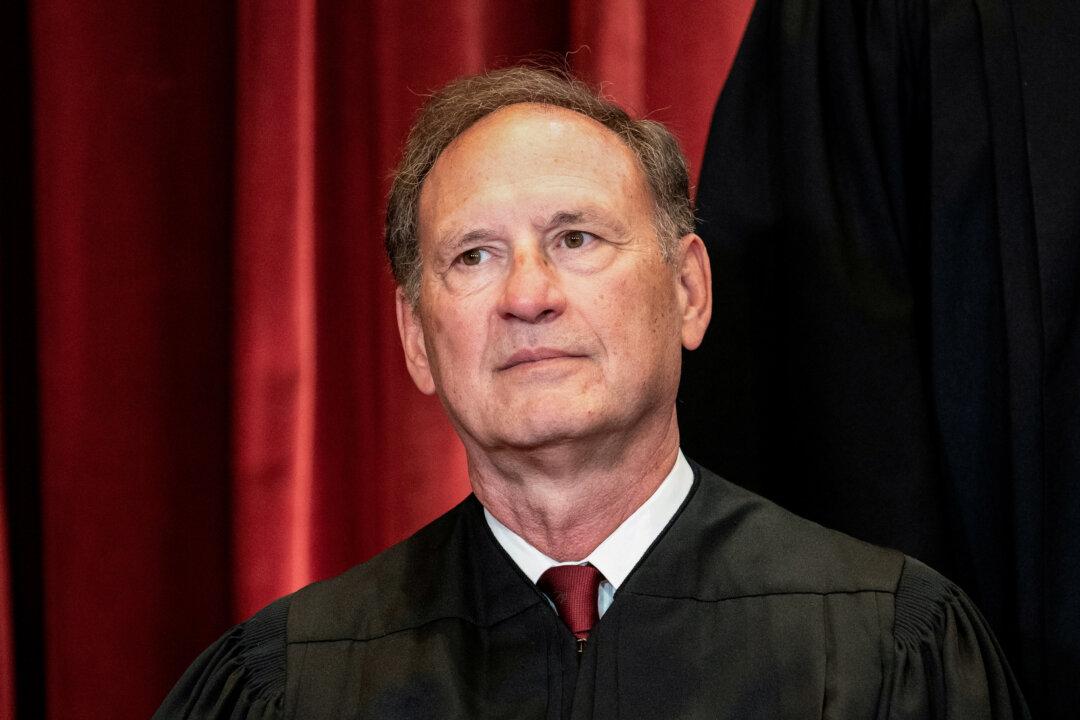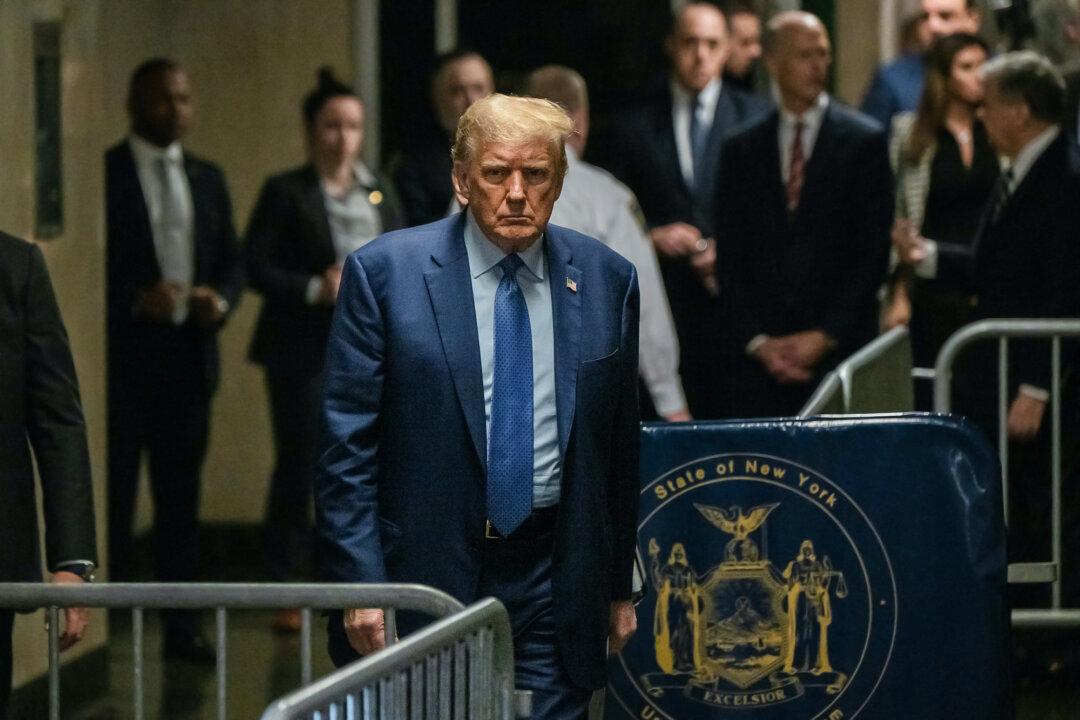The Supreme Court will hear oral arguments on Jan. 17 in two cases challenging the decades-old Chevron doctrine, which has been cited thousands of times and has formed the foundation for administrative law.
Issued in 1984, the opinion in Chevron v. Natural Resources Defense Council said courts generally should defer to agencies’ interpretations of ambiguous language in congressional statutes.
The cases—Loper Bright Enterprises v. Raimondo and Relentless Inc. v. Department of Commerce—are challenging a regulation that forces commercial fishing vessels to pay for individuals to monitor their compliance with federal law.
Their decision in this case, along with several others, indicates an interest by the Roberts court to reassess the scope of executive power, which has been decried for purportedly unconstitutional abuses within the administrative state.
Chevron in particular has been criticized for allowing bureaucrats to exceed their congressional authority by telling courts to defer to agencies’ interpretations.
Loper Bright and Relentless are challenging the Commerce Department’s application of the Magnuson-Stevens Fishery Conservation and Management Act (MSA), which the National Marine Fisheries Service (NMFS), housed within the Commerce Department, used to compel vessels to pay for federal monitors.
The first case involving Loper Bright Enterprises came before the U.S. Court of Appeals for the D.C. Circuit, which held in 2022 that Congress’s language was ambiguous but that the Fisheries Service had employed a reasonable reading of the statute.
“That conclusion provides a reasonable basis for the Service to infer that the practical steps to implement a monitoring program, including the choice of funding mechanism and cost-shifting determinations, are likewise ‘necessary and appropriate’ to implementation of the Act.”
In the Relentless case, the U.S. Court of Appeals for the First Circuit decided the Service was acting within its authority under MSA.
Consequences for the Administrative State
The justices’ decision to review Chevron has come after years of substantial growth in the administrative state while, according to experts, the Supreme Court has moved away from using that precedent.More recently, the Court has employed the Major Questions Doctrine, which the Yale Law Journal states “instructs courts to presume that Congress does not delegate policy decisions of great economic and political magnitude to agencies.”
It’s unclear how the Court will address Chevron but it could pursue multiple routes for resolving the fishing companies’ cases. Loper Bright’s petition suggested that the Court either overrule Chevron or clarify its limits by explaining that a statute’s silence doesn’t create ambiguity for agencies to interpret.
“If Chevron really supports the result below, then it is no longer sufficient for this Court to ignore Chevron,” the petition reads. “Whatever theoretical benefits might have been perceived with Chevron when it was decided, decades of practice have exposed its many flaws.
“To begin with, Chevron ‘wrests from Courts the ultimate interpretative authority to “say what the law is”’ and places it in the executive’s hands,'” it added, quoting a concurring opinion from Justice Clarence Thomas.
“At this late hour, the whole project deserves a tombstone no one can miss,” he wrote. “We should acknowledge forthrightly that Chevron did not undo, and could not have undone, the judicial duty to provide an independent judgment of the law’s meaning in the cases that come before the Nation’s courts.”
He also said the doctrine had “fallen into desuetude–the government rarely invokes it, and courts even more rarely rely upon it.”
Arguments surrounding Chevron have focused on not only judicial power but the incentives it creates for Congress and the executive branch.
A post-Chevron world could continue to see confusion and ambiguity in the regulatory process.
George Washington University law professor Richard Pierce said the Major Questions Doctrine, which would presumably remain after Chevron’s removal, “is really creating enormous problems all over government.”







